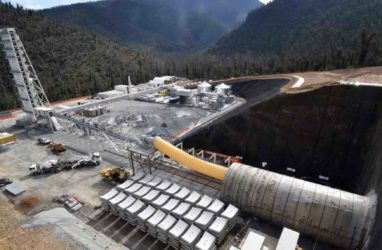The rapid development of hydropower projects in the Indian Himalayas poses significant threats to the region's delicate ecological balance. As urbanization accelerates, areas like Joshimath in Uttarakhand and Zoji La in Ladakh are experiencing severe environmental degradation. The construction of dams and tunnels, often executed without comprehensive planning, exacerbates the vulnerability of these seismically active zones. This unregulated expansion not only disrupts local ecosystems but also jeopardizes the livelihoods of communities dependent on these landscapes, highlighting the urgent need for a more sustainable approach to energy development in the region.
To mitigate these impacts, a strategic reevaluation of hydropower initiatives is essential. Implementing rigorous environmental assessments and engaging local communities in decision-making processes can foster a more balanced approach to energy generation. By prioritizing ecological integrity alongside energy needs, stakeholders can ensure that hydropower development does not come at the cost of the region's fragile ecosystems. This shift towards sustainable practices is crucial for preserving the Himalayan landscapes while meeting India's growing energy demands, ultimately aligning economic growth with environmental stewardship.






